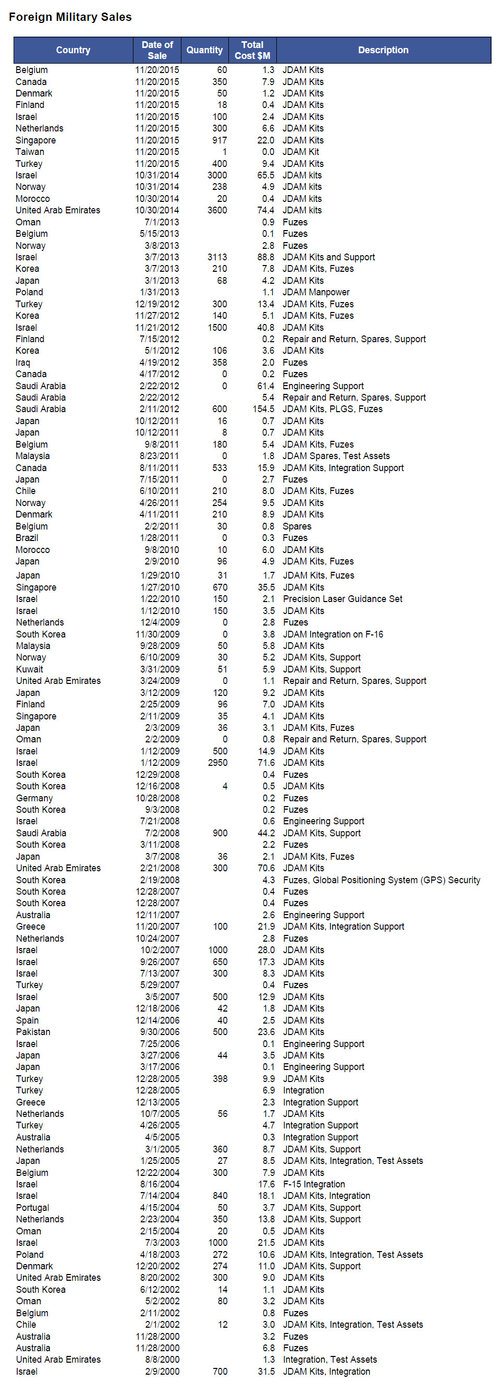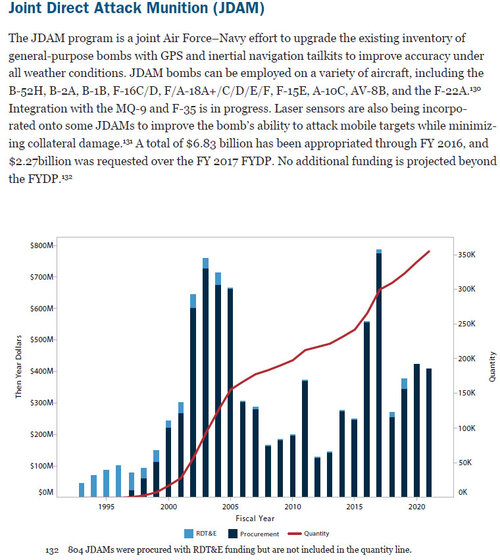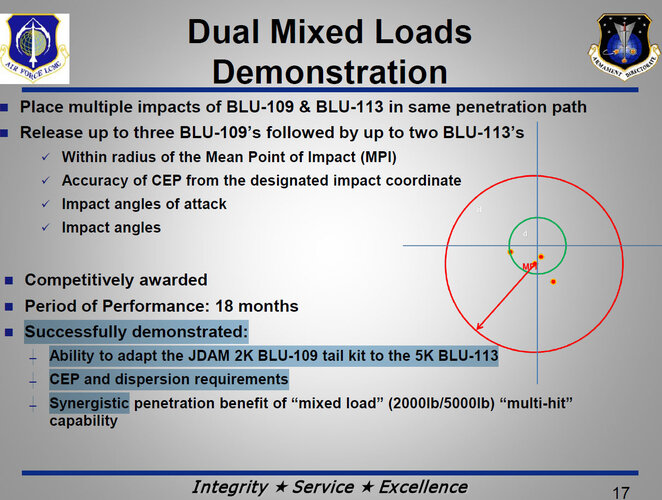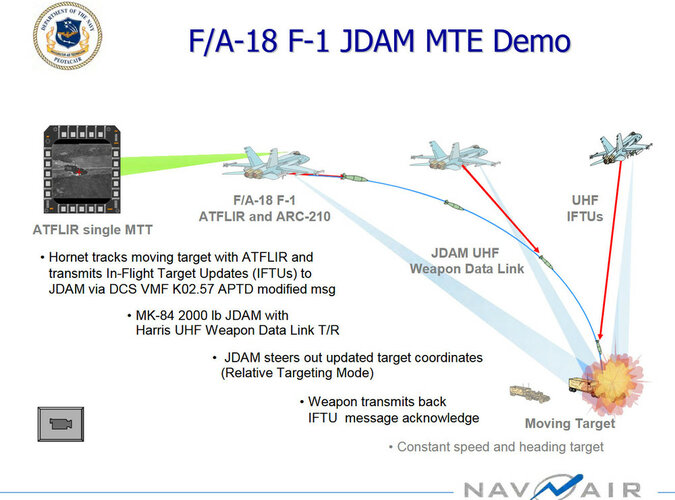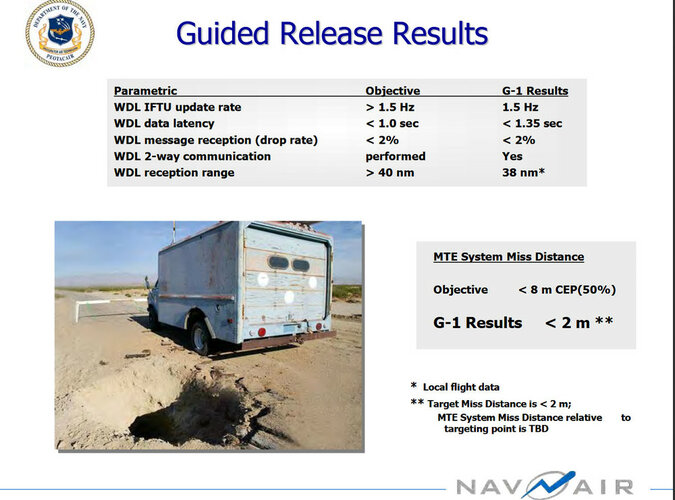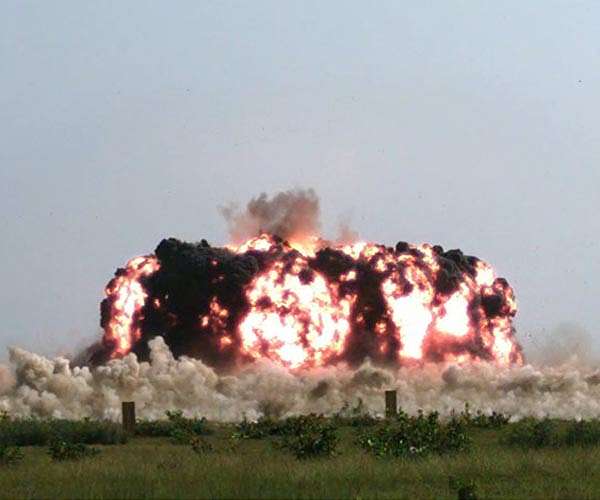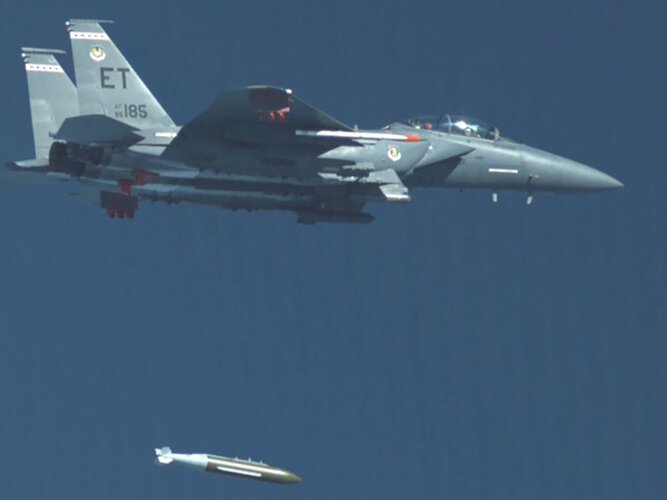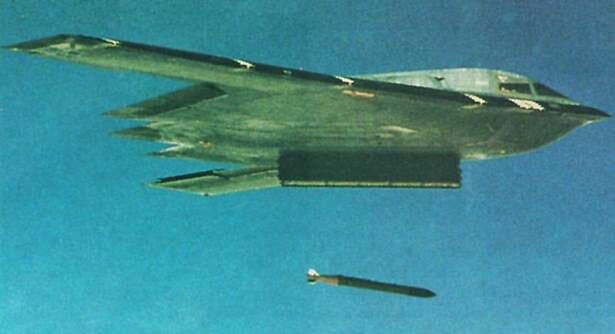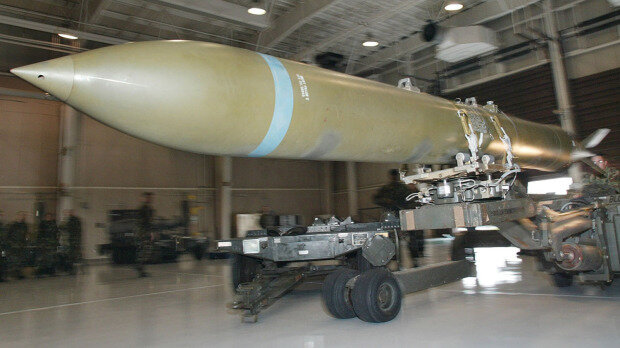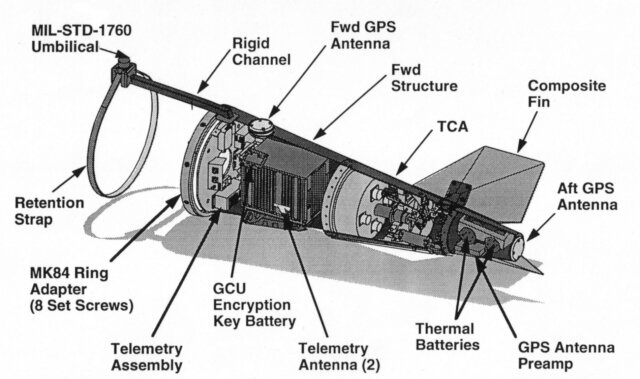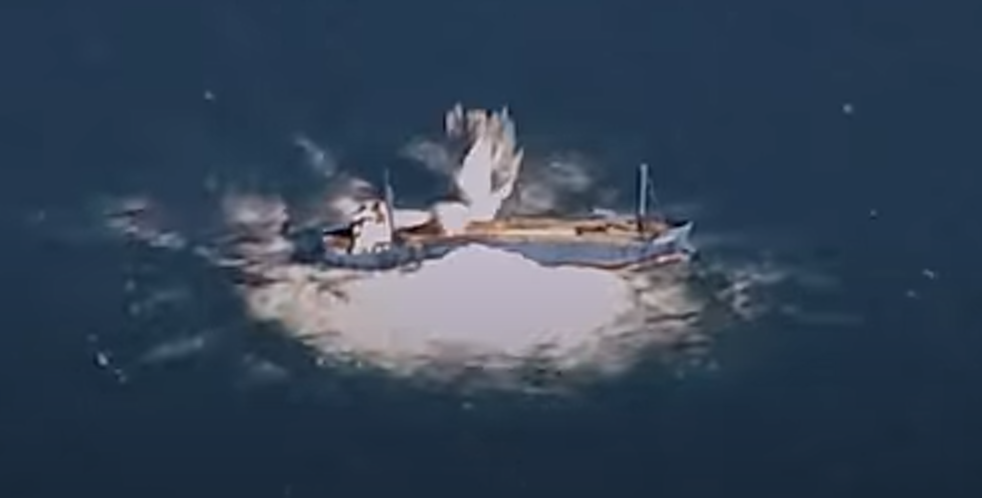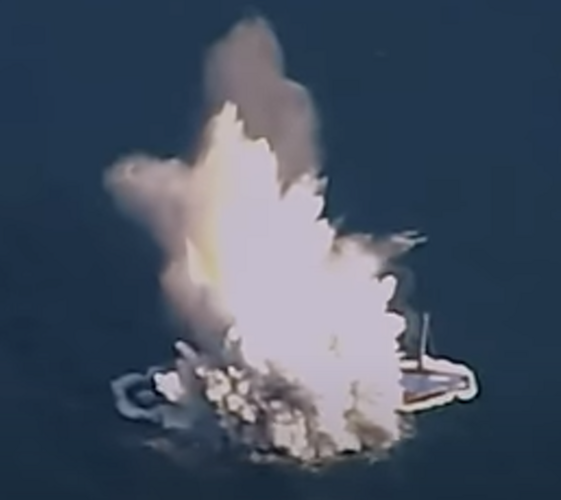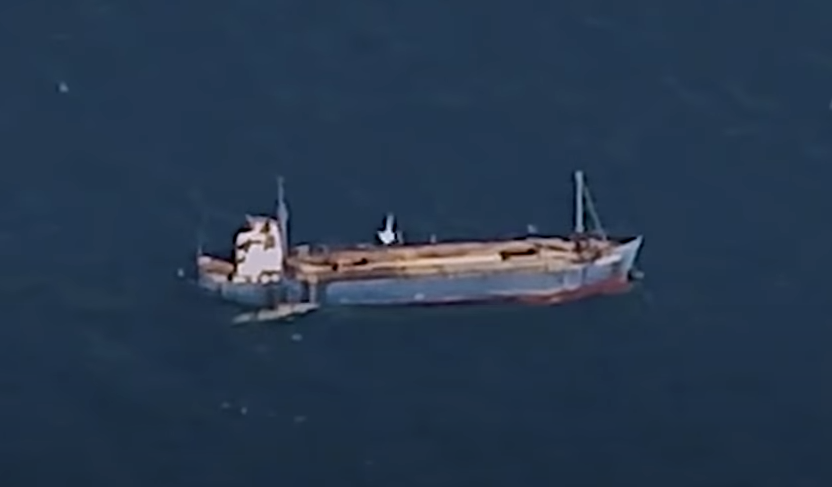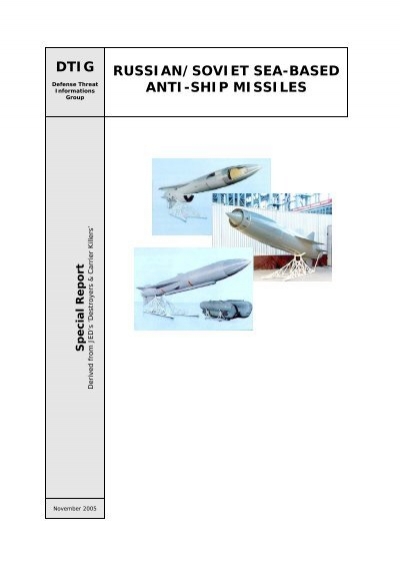After the end of the Cold War in 1990, the U.S. Air Force's B-2 bomber's only non-nuclear armament option was the unguided 900 kg (2000 lb) MK 84 free-fall bomb. To enhance the B-2's value in conventional wars, the USAF decided in 1992 to equip the aircraft as soon as possible with a precision bombing capability. Northrop Grumman subsequently developed a package consisting of the GATS (GPS Aided Targeting System) for the B-2 and the GAM (GPS Aided Munition) add-on kit for the MK 84 bomb. The GAM kit includes a tail assembly with a GPS-aided INS (Inertial Navigation System) and four movable fins to steer the bomb, and a so-called "strake jacket" wrapped around the forward part of the bomb body to ensure a constant angle of descent. The GATS uses the imaging capabilities of the B-2's AN/APQ-181 SAR (Synthetic Aperture Radar) in connection with a GPS receiver to obtain very accurate coordinates of the intended targets. This information is used to update the GAM's GPS/INS guidance computer immediately before weapons release. The first GATS/GAM-equipped B-2s (Block 20) became available in April 1996, and in October that year, a live test successfully demonstrated the Block 20 B-2's all-weather high-altitude multi-target (the aircraft could carry 16 indiviually targeted GAM bombs) precision bombing capability with an accuracy of better than 6 m (20 ft) CEP.
The GAM-equipped MK 84 bomb was known as "GAM-84", and was eventually officially designated as
GBU-36/B. GAM uses the same guidance principle as
JDAM (Joint Direct Attack Munition), which was also under development in the 1990s. However, while JDAM was to be a low-cost weapon and was not planned to become available until 1998/99, GAM was developed to field an interim precision-guided conventional weapon on the B-2 as quickly as possible, without too much concern for unit cost. Therefore, less than 200 GBU-36/B bombs were procured, and these were retired when JDAM became ready for use on the B-2 in 1999.
The second bomb that was fitted with a GAM guidance kit was the 2000 kg (4500 lb) class BLU-113/B "bunker buster" penetrator warhead, which had been developed on a "crash" basis for Operation Desert Storm in 1991 (for details, see
GBU-28/B Paveway III). The GAM-equipped BLU-113/B, also known as "GAM-113", was designated
GBU-37/B. The first drop of a GBU-37/B from a B-2 occurred in May 1997, and it's possible that weapons of this type were operationally used in Afghanistan in 2001 (but reports are conflicting). The GBU-37/B is replaced by the GBU-28C/B, a development of the GBU-28/B laser-guided bomb with an improved warhead and additional GPS/INS guidance.


